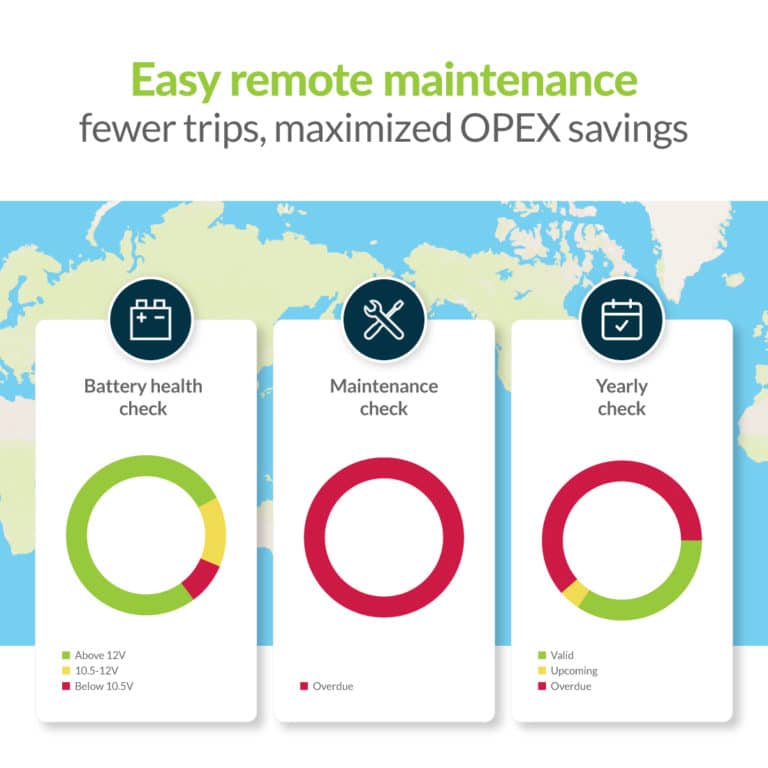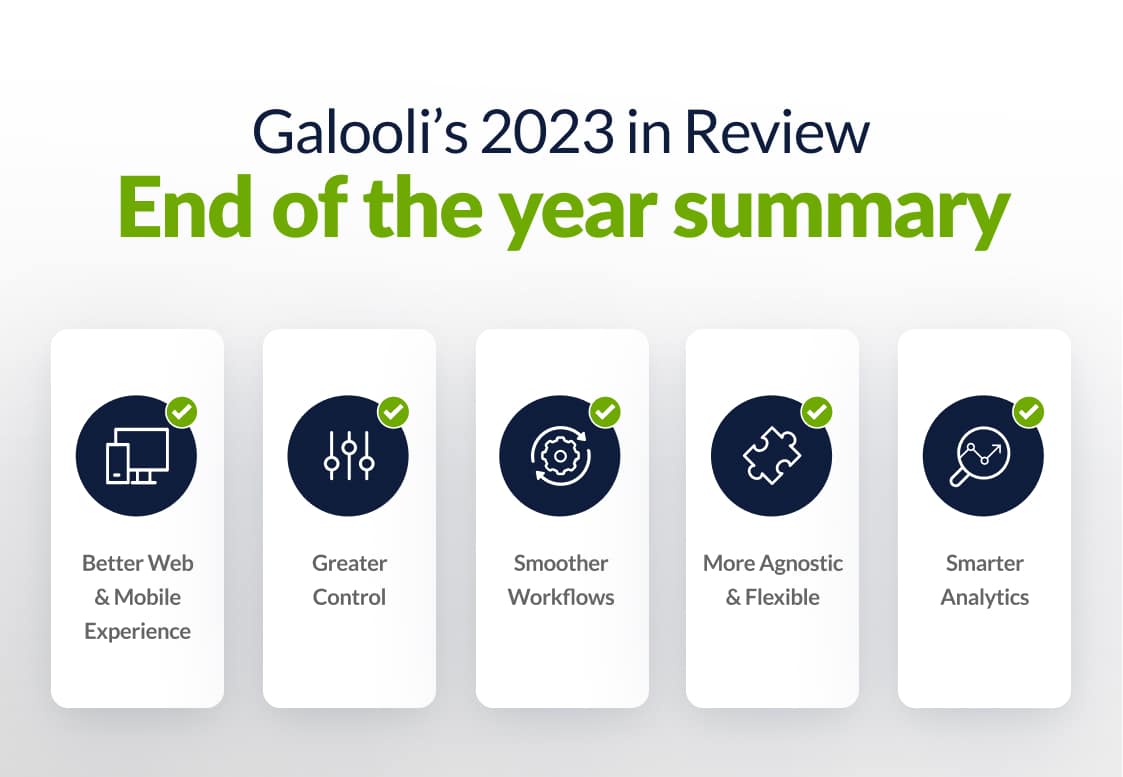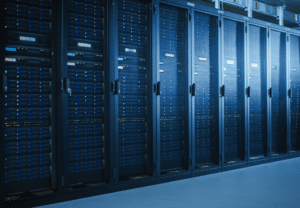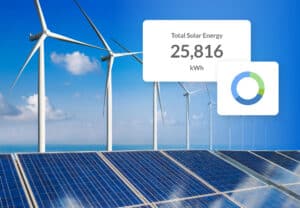
Remote Monitoring and Management (RMM) is defined as a methodology of live observation and control over remote assets, allowing performance assessments, task management and troubleshooting without being on-site. In Galooli’s case, we focus on managing energy assets in all shapes and sizes. These range from site backup batteries and car fuel to generators and HVAC systems for centralized and edge data centers.
What are RMM software solutions?

RMM software solutions are tools that provide a platform to perform the various tasks and monitoring in real-time from the comfort of a internet-connected device like a PC or cellphone. These solutions can send out multiple types of alerts to different platforms and stakeholders, as well as being generally plug and play.
Remote Monitoring vs. Remote Management – Two sides of the same coin?
Remote monitoring and management are almost always found being used in tandem, but not always. There are instances in which one or the other may be more relevant for your organization. That leaves the question – how do you differ between them?
Remote monitoring solutions are a hardware software combo designed to track a number of metrics and the overall performance of remote assets from a number of vectors. However, though these monitoring tools are adept at mitigating permanent damage to your energy assets with preemptive alerts, it cannot act and try to remedy these issues. Fortunately, that is where remote management tools take over.
Remote management tools take advantage of the real-time alerts and tracking of potential issues with automated operations that can ensure continuity is maintained and functionality is harmed as little as possible. This is done with remote actions that can be performed from any location that can potentially solve a number of day-to-day issues, and alert stakeholders when more serious incidents occur or may be on the way.
Why is RMM so important?
As the number of network-connected devices grows exponentially year-over-year, keeping track of and maintaining an ever-widening network of remote devices has become a massive undertaking. Moreover, trying to maintain effective and efficient business operations that increasingly rely on these remote devices is becoming more and more complicated as businesses scale operations.
In theory, the more devices you employ, the more maintenance staff and overhead you require. RMM solutions bridge that technology gap and offer remote operations and visibility regardless of the number of nodes.
Some of the major challenges include:
- Timely problem remediation is difficult with a widening network of devices
- Expansion of connected infrastructure creates rising overhead costs
- Documenting and properly storing data that is increasing in its volume daily
- Achieving and maintaining a secure and fully operational network of devices, new and old
All of these issues have joined to create a taxing and difficult task to achieve, so how do remote monitoring software and management solutions help streamline the process?
What are some of the benefits of RMM Solutions?

RMM has a wide range of benefits, starting with its ability to save time, money, and manpower dealing with any errant events in-person. RMM solutions can track and resolve issues remotely, often before the client may be even aware there is something amiss. They can also automate workflows and dealing with periodic events like scheduled maintenance and providing insights using data-oriented analytics and AI.
RMM software provides overarching visibility for organizations to be aware of the status of their assets remote and local, from a single central interface. The automation and platform’s nature also provides for free scalability and proactive support and move away from the break/fix maintenance model.
In many cases, these solutions are optimized for a single platform, but in a few instances, agnostic support is possible. This provides a one-size-fits-all solution for any organization to integrate with their existing infrastructure. This minimizes potential overhead and maximizes the return on investment through increased efficiency and eliminating unnecessary refueling and maintenance.
RMM Use Cases

If you want to go in-depth into RMM use cases, we have a piece that dives into the different industries and some of the solutions that are involved in remote monitoring and management. but we will briefly list some of the major instances where RMM tools can be found:
- Managed Service Providers (MSPs)
- Healthcare services
- Industry 4.0 / Industrial IoT
- Telecommunications / Network services
- Remote installations and devices with energy consistency challenges
- Information Technology Services
How Galooli Uses RMM Solutions
Galooli’s innovative RMM solution excels by being infinitely scalable, but more importantly agnostic. Why does that matter? Like we mentioned earlier, some RMM solutions are able to integrate with new or existing hardware and software to provide additional added value without extensive expenditures.
Our RMM tool can take sensors and software from other 3rd party vendors and integrate seamlessly, providing more intelligent, efficient usage and remote access and control over your assets, wherever they are.
Galooli’s RMM solution takes the ROI beyond OPEX and CAPEX savings, and focuses on active monitoring and reporting, as well as AI-augmented analytics for actionable and relevant insights. We also offer wide-ranging compatibility with energy assets like solar, wind, generators, lead-acid and LiB batteries, car fuel cells, and more.
Galooli’s RMM software can even integrate into existing cloud infrastructure, providing a significantly enhanced response time and visibility. Most importantly, our RMM provides your organization with the peace of mind to focus on business operations, knowing that you will know ahead of time if any issues arise.


























